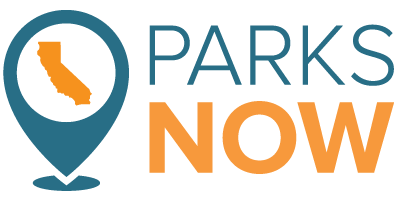California’s state parks must be inclusive
by RUE MAPP & ED NORTON
For more than 150 years, California State Parks have provided opportunities for Californians and visitors to experience our nature’s beauty and rich heritage.
We should be proud of our parks system – 279 parks, embracing more than a third of our state’s spectacular coastline, as well as mountains and sand dunes, redwood forests and salmon streams, beaches for surfing, trails for hiking and biking, and campgrounds, picnic areas and playing fields. Our state parks are also a major driving force in California’s economy, drawing more than 70 million visitors a year, contributing $6.8 billion to the economy and supporting 56,000 jobs.
But it’s time to look ahead. Our state park system needs to be nimble and dynamic to meet the needs of a changing California. That will require energetic leadership and commitment from our legislators and state government. And we will need a new generation of advocates for parks that includes the diverse face of California.
Fortunately, the seeds of transformational change have been planted and have started to grow.
In 2012, the Legislature empowered an independent commission – Parks Forward – to take a hard look at California’s state parks and make recommendations to ensure their long-term viability. The commission has boldly outlined an inspiring and comprehensive vision of a modern, inclusive park system befitting a state that is one of the most innovative and diverse in the nation.
To support the recommendations, we will need new and diverse leaders and advocates. That is why we are forming Parks Now to take a leading role in advocating for innovation and inclusiveness.
Parks Now endorses the value of resource protection and outdoor recreation that have been a hallmark of our parks for generations. But we need to go much further to welcome new communities to support our local, regional, state and national parks.
We represent these two generations of park advocates and are joining forces to link the traditional savvy of the environmental movement with advocates steeped in social media and engaged in new social networks. This new face of leadership and stewardship is vital for the future of our parks, and the health and well-being of our communities.
California is changing and changing fast. And if our parks don’t change too, their long-term viability will be at risk. We are a younger, diverse and more urban state. Close to a third of Californians are 15 to 35 years old. African Americans, Latinos and Asians are an overwhelming majority of the population, but a fraction of park visitors. By 2050, more than 75 percent of the state will live in cities.
Los Angeles provides a telling example of the challenges our cities face in creating an inclusive and accessible urban park system. Large swaths of the city are park poor. African Americans and Latinos in the state’s most populous urban region lack adequate access to parks.
It’s simple. We cannot expect our park system to inspire the support of California in the coming decades if we don’t lower the barriers so that all Californians can enjoy our parks. We must also bring new parks to people by finding imaginative ways to create open space in our cities where the majority of Californians live.
That is why we are committed to making sure that the Parks Forward plan doesn’t gather dust on a shelf.
But the plan is just a start. Up and down the state, communities are coming together to support innovative approaches to creating new open spaces and to opening up the parks that already exist to new visitors. We are inspired by this energy and enthusiasm, and we are dedicated to building on it. Our parks are some of our state’s most treasured resources. Californians of every background deserve the chance to enjoy them.

